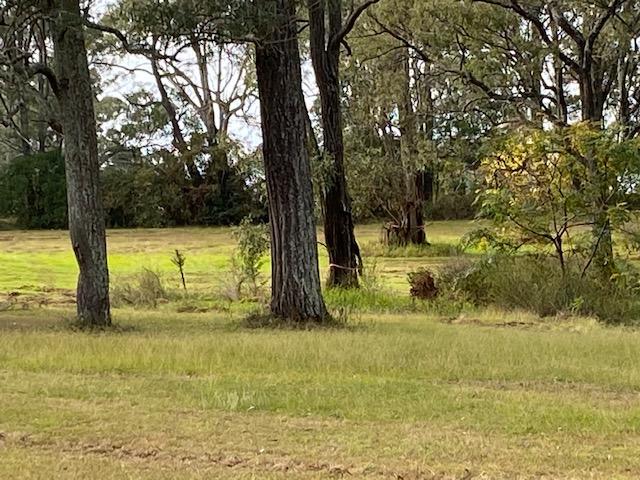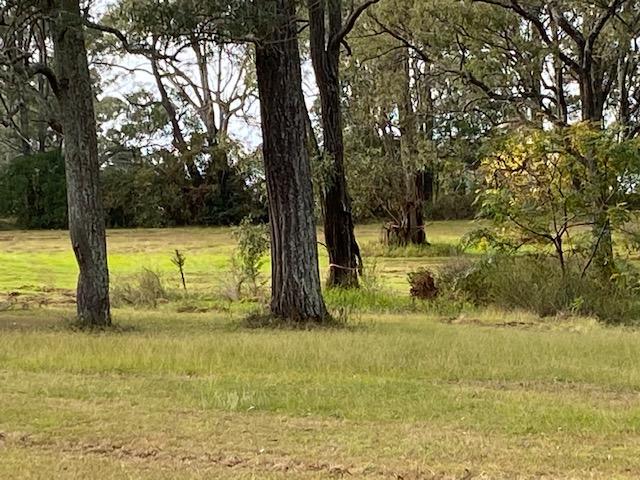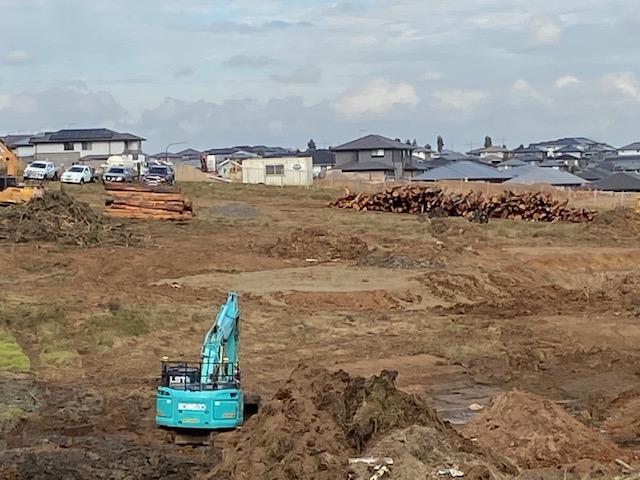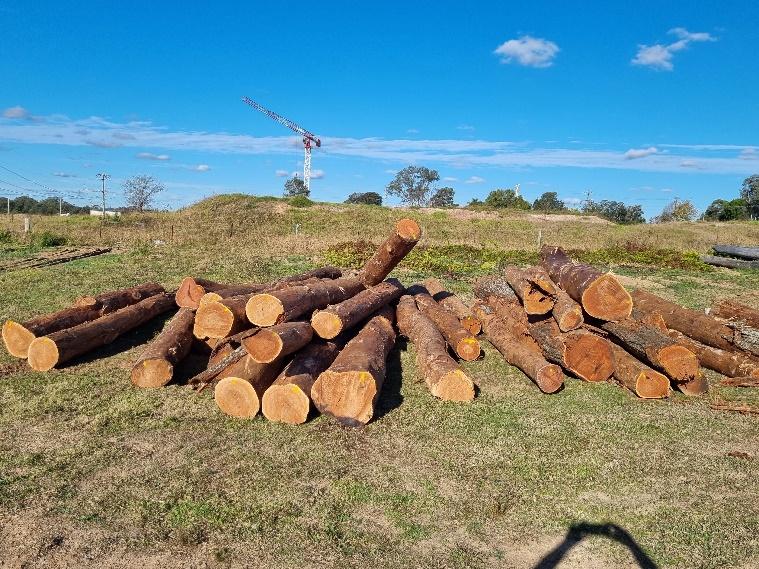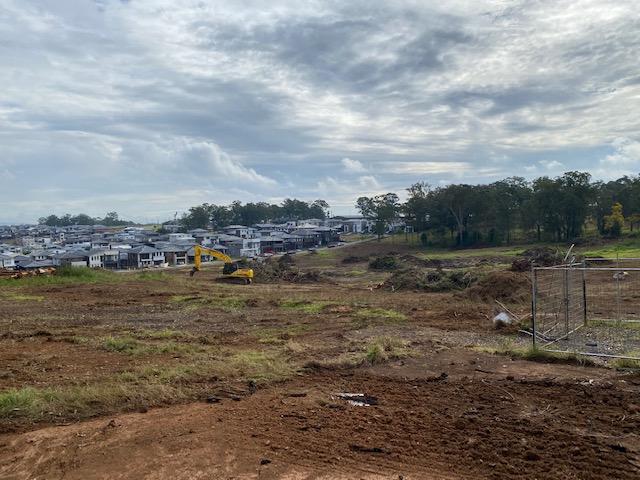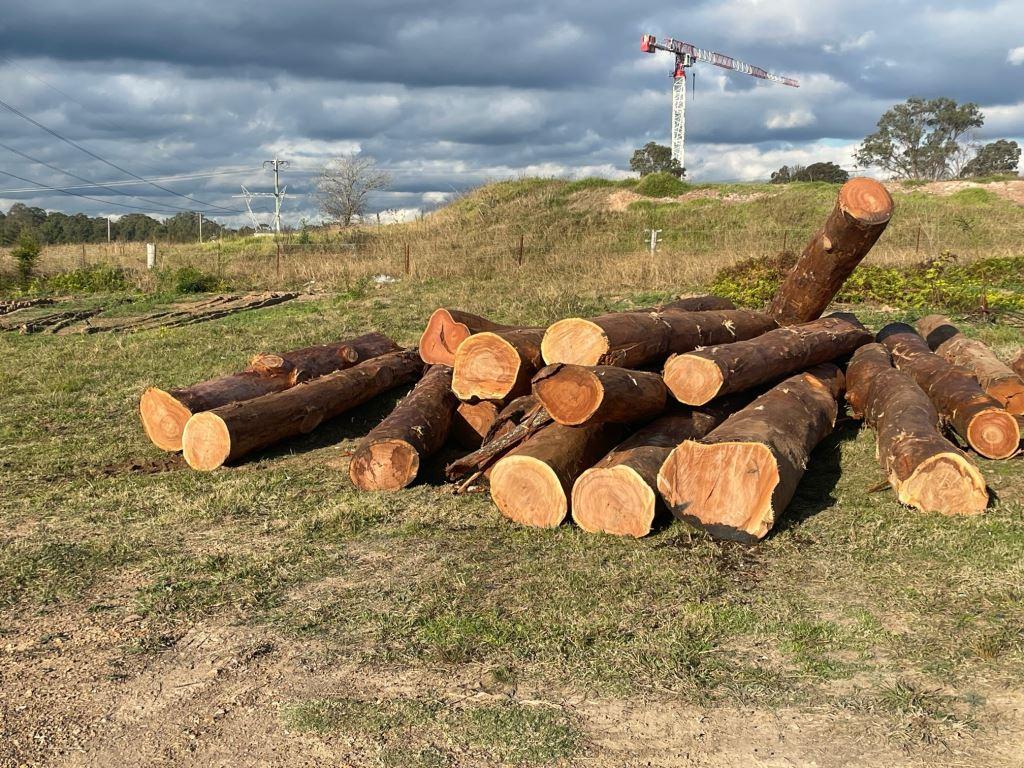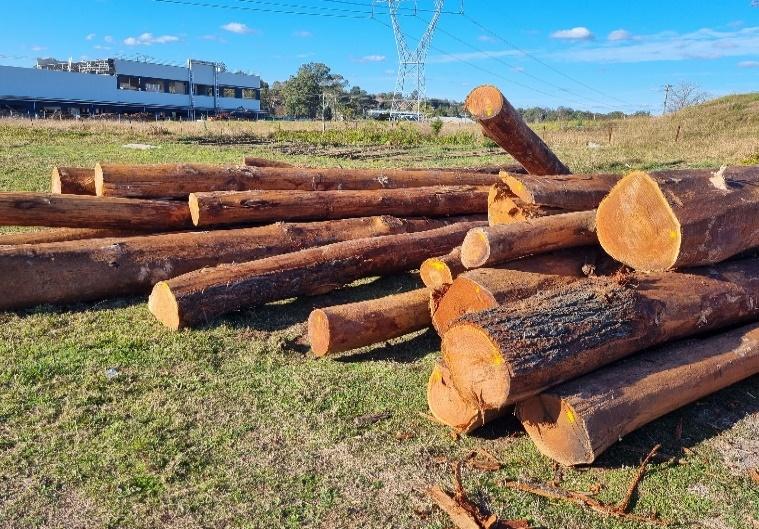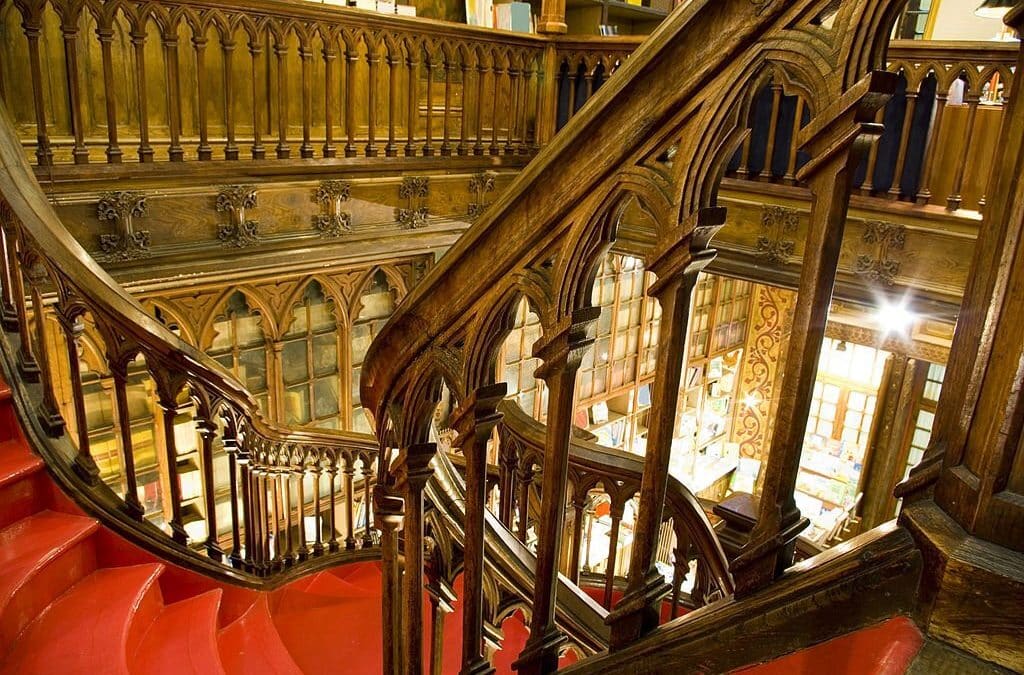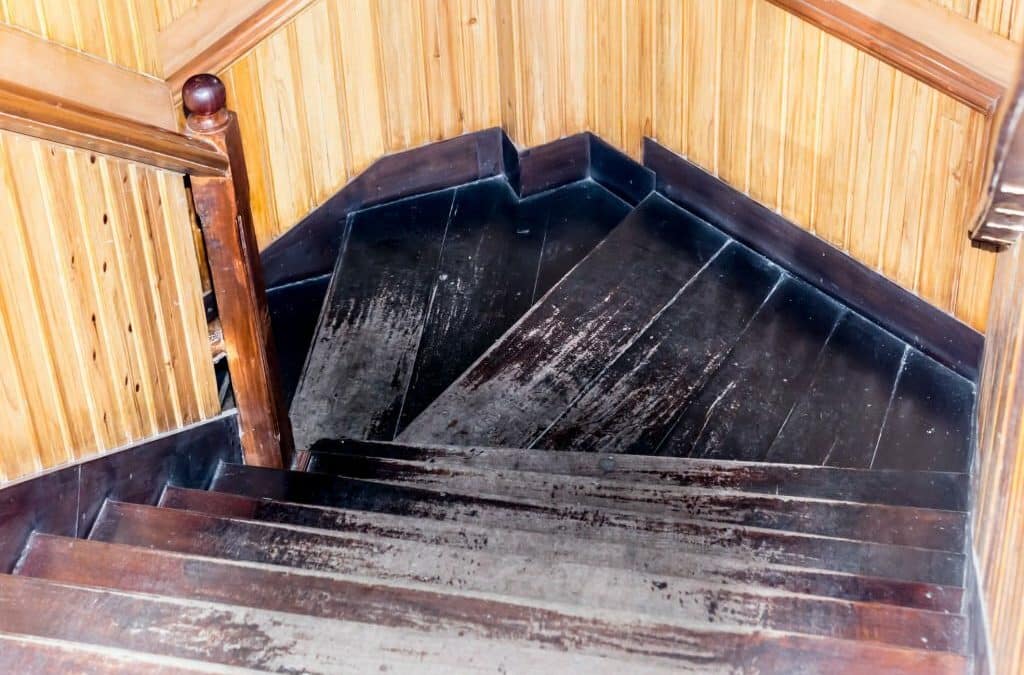
Safety First: Enhancing Stability and Security with Timber Handrails for Your Stairs
When it comes to staircase safety, timber handrails are an essential component that provides both stability and security. These handrails not only add aesthetic appeal to your stairs but also offer support and help prevent accidents. In this article, we will explore the significance of timber handrails, their benefits, and how they contribute to creating a safe and secure environment for your staircase.
The Importance of Timber Handrails for Staircase Safety
Timber handrails, also known as stair handrails, play a crucial role in ensuring the safety of individuals using the stairs. Let’s delve into the key reasons why timber handrails are vital:
Stability and Balance:
-
- Timber handrails act as a reliable support system, providing stability and balance while ascending or descending stairs.
- By firmly gripping the handrail, individuals can maintain their equilibrium and reduce the risk of slips and falls.
Enhanced Safety:
-
- Timber handrails offer a secure grip, particularly beneficial for those with mobility challenges, instilling confidence and ensuring safety.
- Acting as a physical barrier, they prevent accidental falls and provide peace of mind, especially for children and the elderly.
Visual Guidance:
-
- Timber handrails serve as a visual guide, aiding individuals in navigating the stairs with ease.
- By following the handrail, users can maintain their balance and avoid potential hazards.
The Benefits of Timber Handrails and Timber Balustrades
Timber handrails, when combined with timber balustrades, offer a range of advantages for both safety and aesthetics:
Aesthetically Pleasing:
-
- Timber handrails and balustrades add a touch of natural beauty and warmth to your staircase, enhancing the overall visual appeal of your home.
- With a wide variety of wood species and finishes available, you can select a timber handrail and balustrade that complements your interior design style.
Durability and Longevity:
-
- Timber handrails and balustrades are renowned for their durability and longevity, making them a wise investment for your staircase.
- Proper maintenance ensures they can withstand daily wear and tear, providing reliable support for years to come.
Customisation Options:
-
- Timber handrails and balustrades can be customised to suit your preferences and match the overall aesthetic of your home.
- From different wood species to various designs, you have the flexibility to create a unique and personalised staircase.
Safety Compliance:
-
- Timber handrails and balustrades are designed to meet safety regulations and standards, ensuring a secure environment for everyone using the stairs.
- By choosing timber handrails and balustrades, you can have peace of mind knowing that you have implemented safety measures in your home.
Conclusion: In conclusion, timber handrails, also referred to as stair handrails, are essential for ensuring stability and security on your staircase. By providing stability, enhanced safety, and visual guidance, timber handrails play a crucial role in preventing accidents and instilling confidence while using the stairs. When combined with timber balustrades, they not only offer functional benefits but also add an elegant touch to your home. Invest in timber handrails and balustrades today to create a safe, visually appealing, and durable staircase that will stand the test of time.

